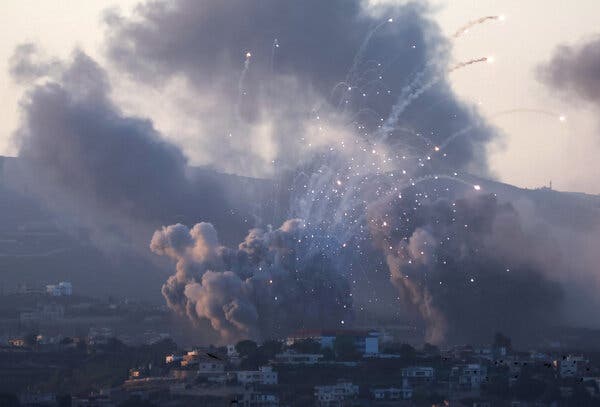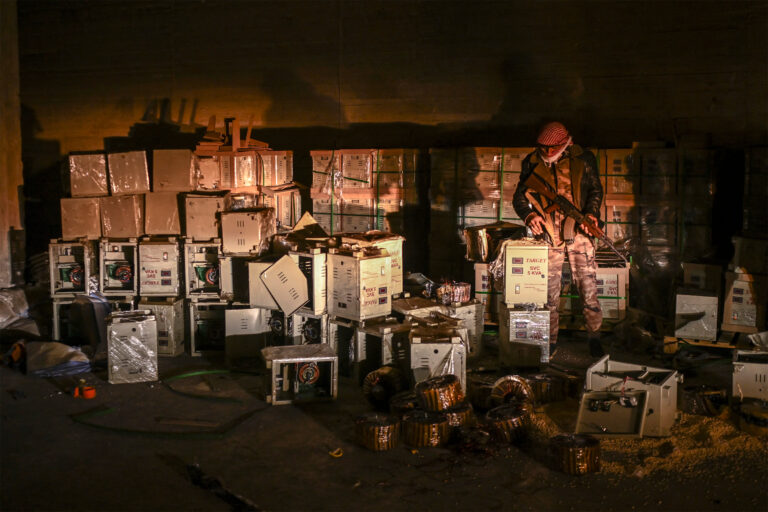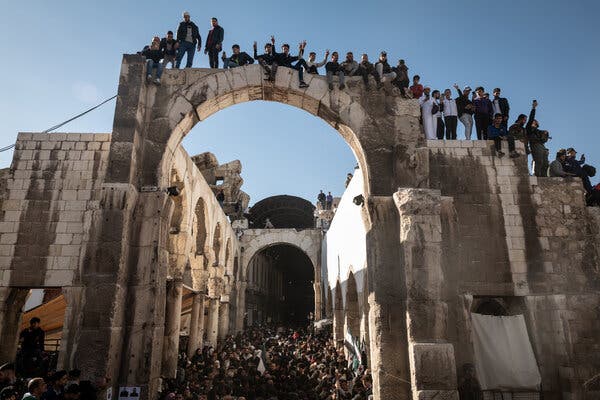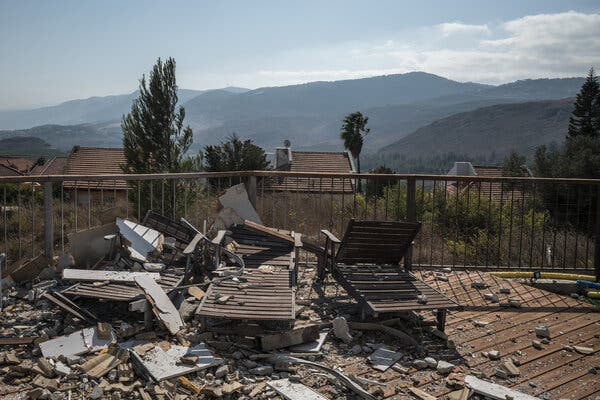Although Israel, like many countries, is highly secretive about its weapons stockpiles, experts believe it could outlast adversaries in offensives on at least two fronts simultaneously.

Over the last week alone, Israel launched more than 2,000 airstrikes against Hezbollah in Lebanon and continued its near-daily bombings against Hamas in the Gaza Strip. Its air defenses also fended off attacks, in one instance intercepting a ballistic missile headed for Tel Aviv.
And there are no signs of the onslaught slowing. “We’re not stopping, while simultaneously preparing plans for the next phases,” the Israeli military spokesman, Rear Adm. Daniel Hagari, said on Wednesday.
But how long can Israel keep it up?
Military and weapons experts say that is not clear. Israel, like many countries, is highly secretive about the weapons in its stockpile, and government spokespeople who vigorously safeguard that information did not respond to requests for comment.
Yet there are several reasons why experts believe Israel could outlast its adversaries in its two-front offensive, even while defending itself from approaching strikes. Israel’s defense industry churned out so many weapons last year that it was able to export some, even despite the war in Gaza beginning in October. The United States has sent Israel at least tens of thousands of missiles, bombs and artillery rounds in recent years.
And given the threats it has faced, Israel has almost certainly built up its stockpiles to sustain multiple conflicts at once — especially if Iran rallies its allied groups in Lebanon, Syria, Iraq and Yemen to strike at the same time.
“It will not run out, because in the Middle East, you cannot run out of weapons,” said Yehoshua Kalisky, a military technology expert at the Institute for National Security Studies in Tel Aviv. “The leaders know how to calculate the amount of weapons that are needed, and what they would have to have in the stockpile, because in this jungle you have to be strong.”



